So this holiday season, you’re probably going to see a lot more of the “buy handmade” slogans flying around. But why? Isn’t homemade more cheaply made? Doesn’t it cost more than buying from a big box?
The answers are no and yes. Okay, then what makes it better than a big box and why should I pay more? Here are the answers from my experience both buying and selling:
What Makes Handmade/Homemade Better?
When you buy something that an individual makes, you are buying something that they take time to make, usually one piece at a time, just for you. Most artisans that make items for sale make it with the conscious thought that people will buy their items. When people buy the items made by the artisan, that artisan also knows that they will either come back and buy from them again or they will leave positive or negative feedback if they are in a shopfront like Etsy, Artfire, or Zibbet. Negative feedback negates future sales. Shoppers DO read the feedback, just like on Ebay. If the artisan wants recurring sales and positive feedback, they are going to do their best to make your item to the very best of their ability.
So How is That Better Than Retailers?
Reluctantly, I’ll answer a question with a question. How many times have you bought something from a big box retailer only to find out later that it is falling to pieces or only lasts for a little while? Have you ever stood in line to make returns for an item that doesn’t work? If you answered yes to either of these questions, then you’ve answered the above question. When something is made individually, it also means that the item is of more value and better built than something that is made on a mass production assembly line. Rolls Royce, Bugatti, Ferrari…they all understood this. That is why you will pay more to own these vehicles as opposed to a Ford, Chrysler, or Chevrolet. They are individually made, with great care and precision, to give you what you pay for and with fewer problems down the line.
Retailers have no feedback system nor do they care about quality very much. I used to work in the restaurant industry and one of our main rules was that bad word of mouth travels much faster than good word of mouth. This is true! One bad experience can and will be retold thousands of times. One person tells another, then that person tells two or three of their friends, they tell two or three more of their friends and it snowballs. Restaurants have died because of this chain of by mouth feedback. Ask Bennigan’s. HOWEVER, retailers don’t seem to live by this rule. Walmart sucks. They have terrible service, terrible product, and if we’re honest, terrible prices. Yet people continue to go there on a daily basis. If you return a product to Target, you blame whomever made the product, not Target. Why? Because we don’t relate that Target is buying their products from the manufacturer – and continue to buy it independent of the negative feedback or returns – so we continue to buy it. There are exceptions, and I’ve only named two retailers, but many, many more have this same process. There is no responsibility. Eventually, the wholesalers of the item may recall a defective product, but it takes a very long time and a lot of press for this to happen at any level. Restaurants live by the rule because they are seen as a major front running supplier. They cook the food and deliver it. You don’t blame the food supplier, the oven manufacturer, or the deep fryer – although these may also be to blame if they’re buying cheap food and equipment – you blame the cook and servers. If the servers are rude and untrained, you also have a front runner to blame, not their trainers or managers. So you can hopefully see the correlation?
Once again the people making your handmade goods are also the front runners. They are making the product. You can’t blame it on the wire they use, the beads, the fabrics, or whatever else.
Although great care is usually taken to provide quality products using quality ingredients, the final product and how it is made are judging criteria. Artisans will fail, repeatedly, if they don’t produce a quality product. It’s as simple as that.
Why Should I Pay More?
After the previous two answers, I hope by now you’re getting the idea that to make quality, you must first buy quality. In my quilt process, I use two major ingredients that I must depend on to make good quilts: batting and backing fabric. The batting is all the guts inside between the top and the back. It has to be good, otherwise it won’t hold up to quilting, use and washing. The backing fabric must also be of good quality. It has to be thick enough not to let the batting show through, not tear when it is being quilted, and iron out after washing. I want people to USE their quilts. I believe that if you’re going to make and buy something, it shouldn’t be on a shelf in the closet. That defeats the purpose! But I also want my customers happy. So to buy quality ingredients, I have to pay more than I would for the cheap stuff. I don’t get quality cheaply. Even if I buy fabric and batting wholesale, I end up paying more for it than I do the cheap stuff. This is called investment and it must be regained to make a profit.
Quality ingredients and attention to detail also mean that I am spending a good deal of time on your quilt. The only employee I have is my dog Freckles. She is the costumer relations manager and business representative. She greets customers that come to the door, represents my business in name and attitude, and provides me with comfort and encouragement on a daily basis. However, she doesn’t really help much in the design and manufacture process, nor does she assist greatly on the computer unless she’s warming my lap. I only pay her in dog food and chewie sticks, so I can’t count her as “helping” much with my quilts. Therefore, I am a one-woman operation and I take care of every aspect of my business like advertising, manufacturing, design, customer service, shipping, and purchasing. I invest countless hours in my business that I really don’t get paid for in the final product.
The hours I spend actually making a quilt add up. I cut the tees, starch them, iron, design, shape, sew, re-cut, sew again, sandwich, quilt, bind, package, and ship each and every one. This process can take up to 8 hours a day, for 10 days. I usually have other things to do like pick up kids, go grocery shopping, buy fabrics, feed the dogs, etc. so the entire process takes about 3-4 weeks. I honestly make less than minimum wage even after raising my prices if I consider the hours I put into each quilt. I enjoy my work, and the income helps with things like those pesky bills and gas, so I keep doing it. I will never become a millionaire though.
 |
| Bugatti Wallpaper (click for link) |
Because I am putting individual attention and time into each and every quilt, you can expect to pay more for it than the cookie cutter $25 quilt that comes off the assembly line and ends up at your local retailer. You can also expect better quality and longer enjoyment. My Bugatti verses their Ford, in other words.
The Final Answer
Again, with the questions. Do you want quality or do you want crap? Do you want an individually made, one-of-a-kind item, or a cookie cutter product? Personally, if someone buys me something from a store I’m like, “Oh, wow, thanks.” But if they take their time to make something for me, or buy something handmade, I’m like, “OH, WOW, THANKS!!!! This is awesome! Wherever did you find this? How did you make this?” If you have kids, you know this from your collection of macaroni necklaces. It touches your heart.
I’m not saying you should buy Joe’s homemade television from recycled parts and rabbit ears, but you should definitely consider buying special items for special people. Have a friend that likes to sew or knit? Buy her a set of handmade wooden or leather buttons or some carved wooden knitting needles. She’ll hold those up much more proudly and show all of her friends before she would something you bought from the store!
Don’t buy cheap, don’t make big retailers richer with YOUR hard earned money, and do something unique this year! Buy handmade. Make it personal. Make it unique. Get more for your money.





































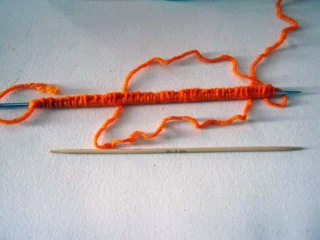



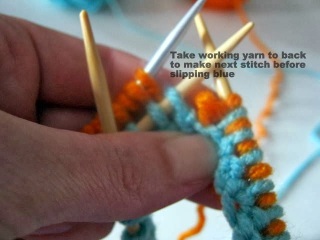












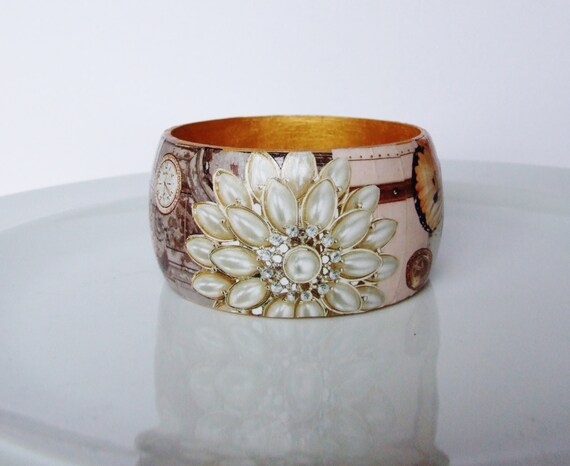

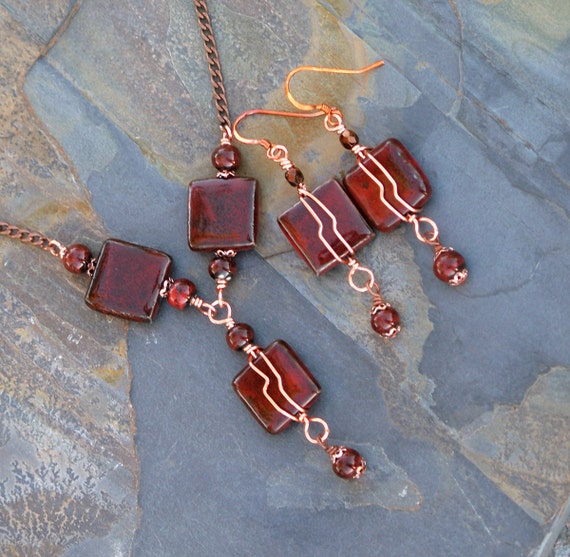


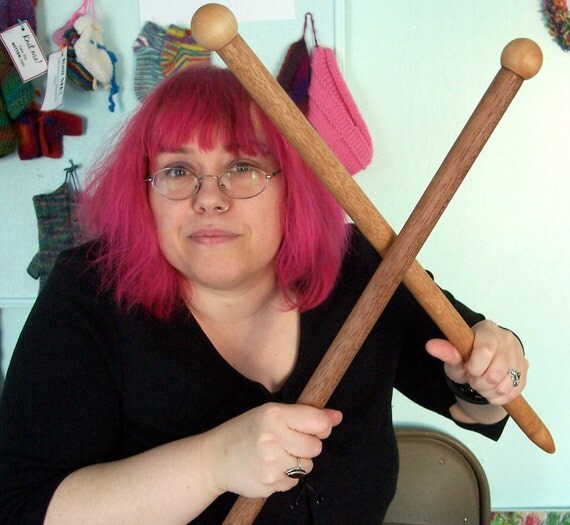

Recent Comments